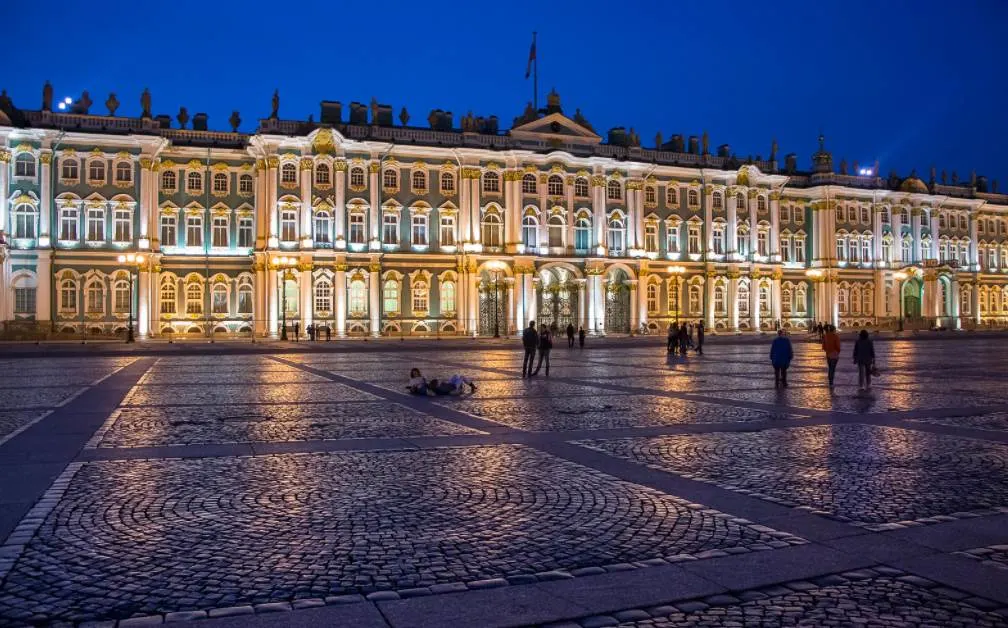Just before complete chaos broke out in France and numerous members of the French court were sent to the guillotine, the Palace of Versailles was a place where hedonism and secret intimacy prevailed.
This was reflected in the style of the Rococo artists who worked for the king and his extensive entourage, including François Boucher (1703-1770) and Jean-Honoré Fragonard (1732-1806), two painters whose work defined this exuberant style.
In this article, we’ll take a closer look at some of the most interesting facts about “The Stolen Kiss” by Jean-Honoré Fragonard, one of Fragonard’s ultimate masterpieces.
1. It was painted shortly before the French Revolution began
The Stolen Kiss is not only one of the most famous Rococo paintings by Jean-Honoré Fragonard but also a work that embodies the spirit of the French court just before the French Revolution broke out.
Fragonard was one of the most prolific artists during the final decades of the Ancien Régime. He produced a total of 550 paintings in the Rococo style and this figure doesn’t include the large number of drawings and etchings he made.
Only 5 of his 550 paintings are dated so it’s unsure when exactly this work was completed. Art historians date it to the late-1780s which means it was completed just before the French monarchy was toppled.
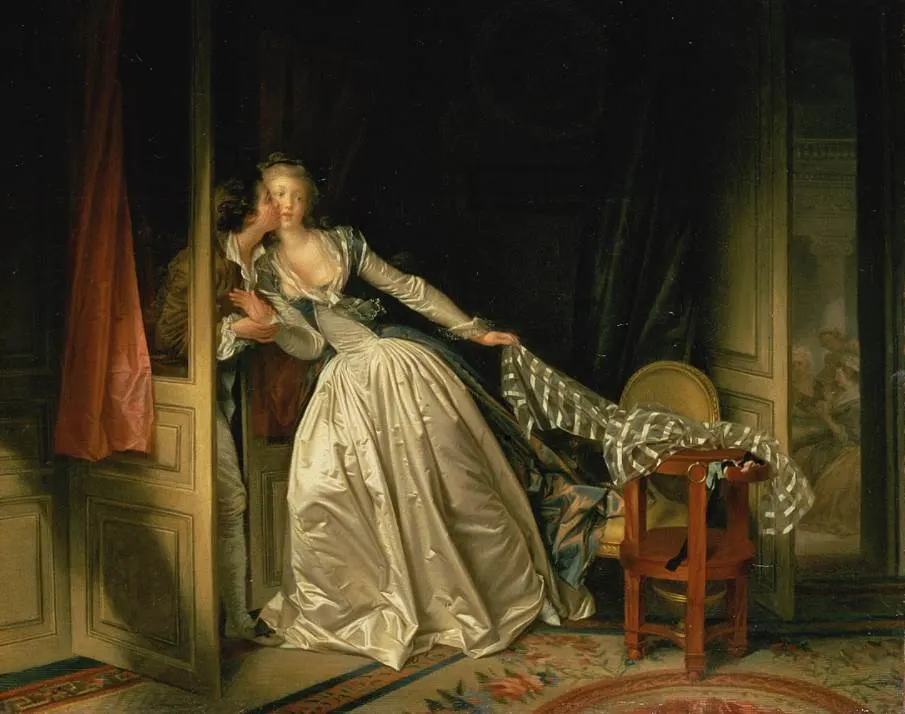
2. It depicts a typical scene favored by members of the French court
The painting depicts a young couple who is having a secret meeting and quick kiss in what is probably one of the 2,300 rooms at the Palace of Versailles. This opulent structure wasn’t just the home of the French King but an estimated 3,000 to 10,000 people were present here every day.
This meeting seems to take place in a backroom as we can see multiple finely dressed ladies of the French court through the open door in the adjoining room.
A secret meeting between lovers which represents a secret romance was one of the most favorite subjects of courtiers during the Ancien Régime. The frivolous behavior of people who were completely sealed off from the outside world is what gave life to the decorative 18th-century style known as Rococo.
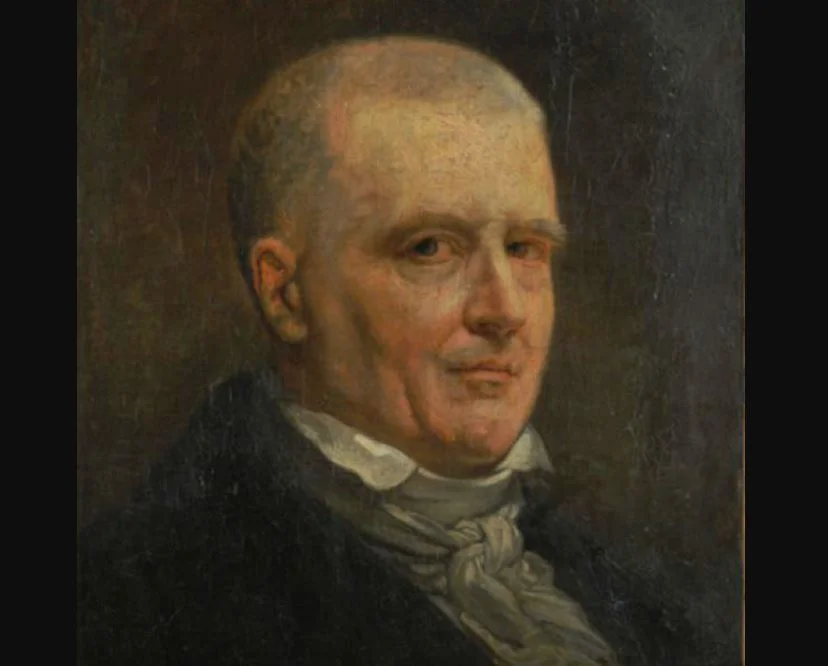
3. The artist included various popular 18th-century luxury items

Although the setting appears to be some obscure room at the opulent Palace of Versailles, this would not have looked at such to contemporary viewers. The depicted items are extremely lavish and emphasize the sort of luxury that the members of the court lived in.
The dress that is worn by the young girl and her shawl on the chair are made of silk and lace, two extremely expensive fabrics which common people simply couldn’t afford.
The room is decorated with silk draperies and the flower-patterned rug on the floor are also items that you wouldn’t have seen inside the house of a common laborer in Paris.
The extreme realism in which the girl’s dress was depicted by the artist is what makes this an ultimate masterpiece.

4. It was inspired by paintings often produced in the Dutch Republic
The subtle details of extreme luxury and realistic depiction of a common scene make this a type of genre painting that was extremely popular during the Dutch Golen Age over a century earlier.
The Stolen Kiss is especially reminiscent of the paintings by Johannes Vermeer (1632-1675), a Dutch Golden Age painter who specialized himself in painting domestic scenes that took place inside his own house in Delft.
One of the main differences between the works by Vermeer and this amazing painting by Fragonard is that the light source appears to be coming from the viewer’s standpoint. Vermeer’s paintings often have the light coming into the room from the left side.
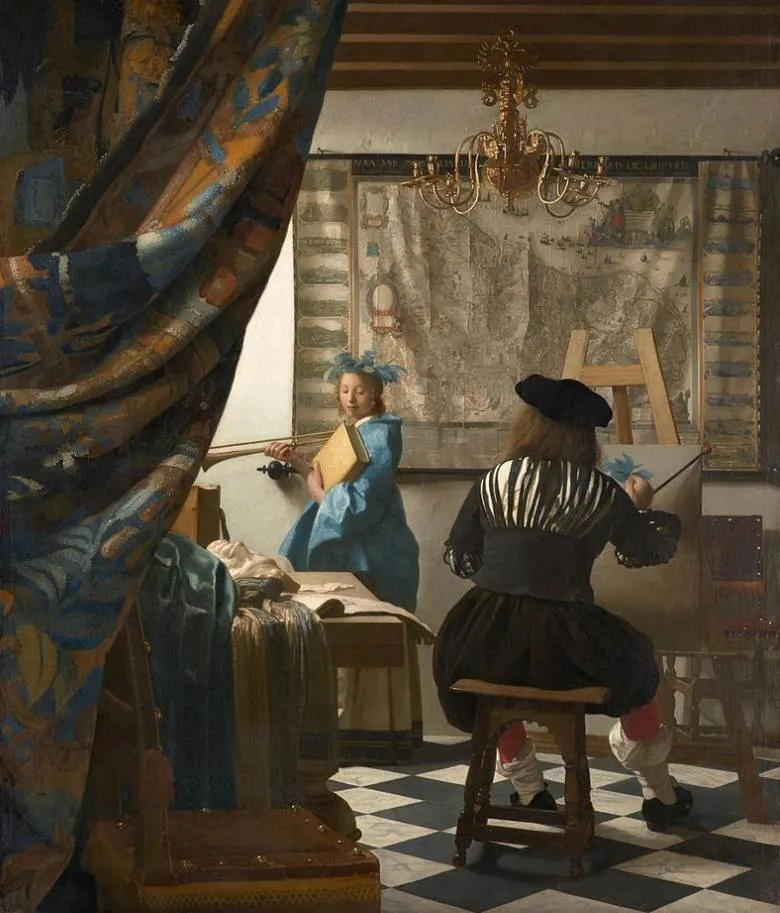
5. An etching was produced of this painting in June 1788
We don’t know the exact date that the painting was produced but we do know that it was most probably completed shortly before June 1788. That’s because an etching of the painting was made during this month.
The painting was a huge success because this etching ended up being published in a French gazette called “Mercure de France.” This magazine has been publishing since 1672 and has been part of the Éditions Gallimard publishing group since 1995.
The etching of the painting was created by Nicolas François Regnault and is now in the collection of the NGA (National Gallery of Art) in Washington D.C.
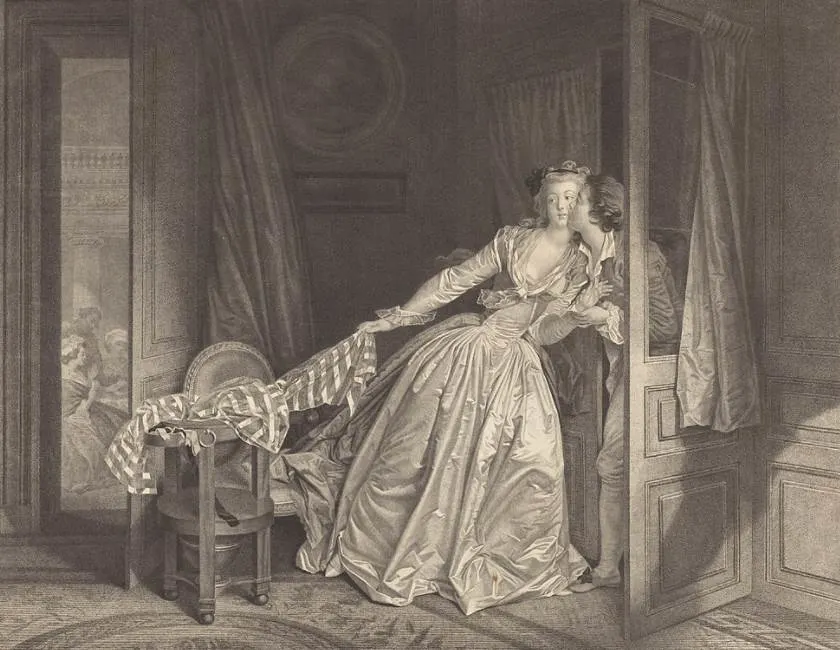
6. Is this really a painting by Fragonard or by his sister-in-law?
One of the most remarkable facts about The Stolen Kiss by Fragonard is that some art historians doubt whether or not the artist was the one painting it. Some scholars have argued that the style of painting closely resembles that of his apprentice and sister-in-law Marguerite Gérard (1761-1837).
She became the sister-in-law of the famous French artist when she was just 8 years old. She had a distinctive artistic talent which allowed her to be trained by Fragonard and she lived with him from the age of 14.
Whether or not she was the sole painter of this work remains unknown as it’s solely based on stylistic elements. It’s doubtful as well because the 1788 etching mentioned Fragonard’s name. It is, however, possible that both artists worked on it as they collaborated on several other artworks, including several etchings.

7. How big is The Stolen Kiss by Jean-Honré Fragonard?
Although Fragonard produced several large paintings, the works he produced for the pleasure-loving members of the French court were relatively small. His most famous work, “The Swing” (1767) is a pretty small painting with dimensions of just 81 × 64.2 centimeters (31.8 × 25.2 inches).
This painting is even smaller as it only has dimensions of 45 × 55 centimeters (18 × 22 inches). This makes the incredible level of details included by the artist even more impressive.
8. Where is the painting located today?
Because the painting was published as an etching in the French magazine Mercure de France, it came to the attention of foreign monarchs as well. This included the final monarch of the Polish-Lithuanian Commonwealth named Stanisław August Poniatowski (1732-1798).
He bought the painting in the early 1790s and it hung at the Lazienki Palace in Warsaw. The palace was sold to Tsar Alexander I of Russia in 1817 which means it officially became part of the Russian Imperial art collection.
It decorated the palace in Warsaw until 1895, the year it was moved to the Hermitage Museum in Saint Petersburg. Although the Polish government tried to reclaim the painting, it remains on public display in this famous museum in Russia today.
